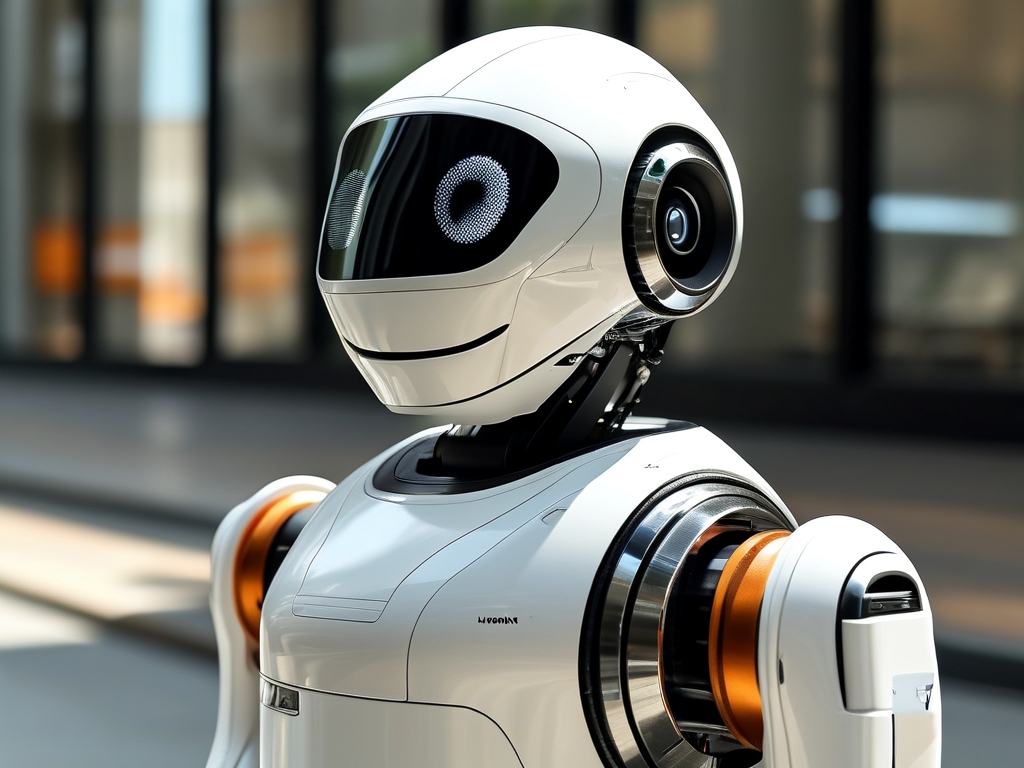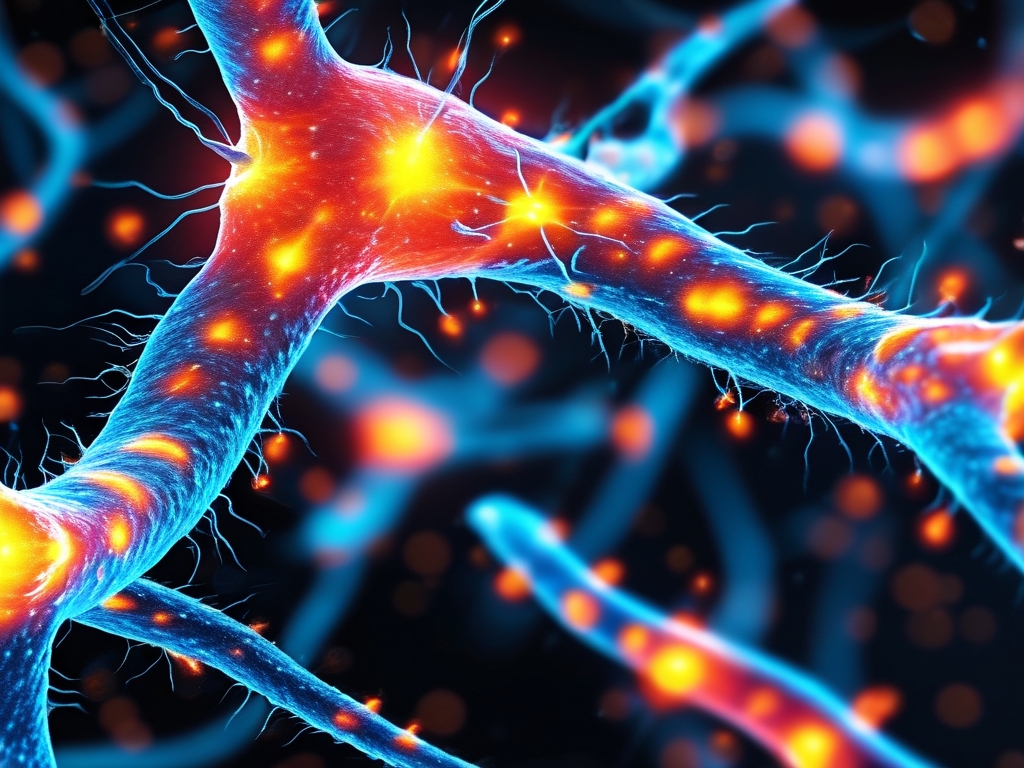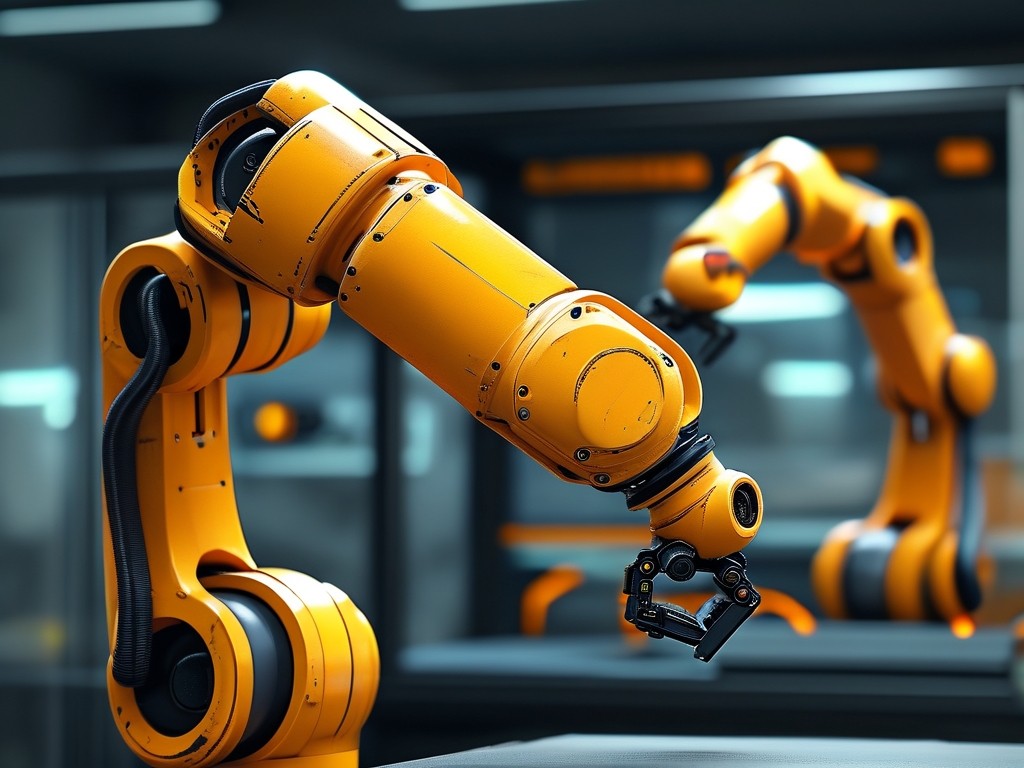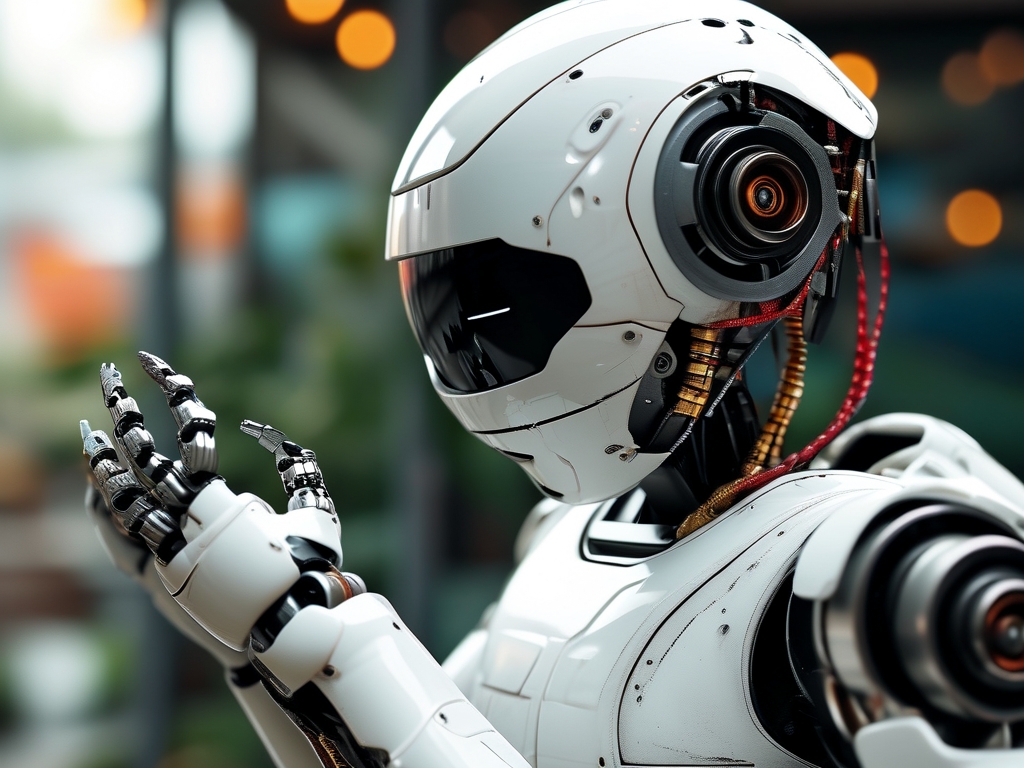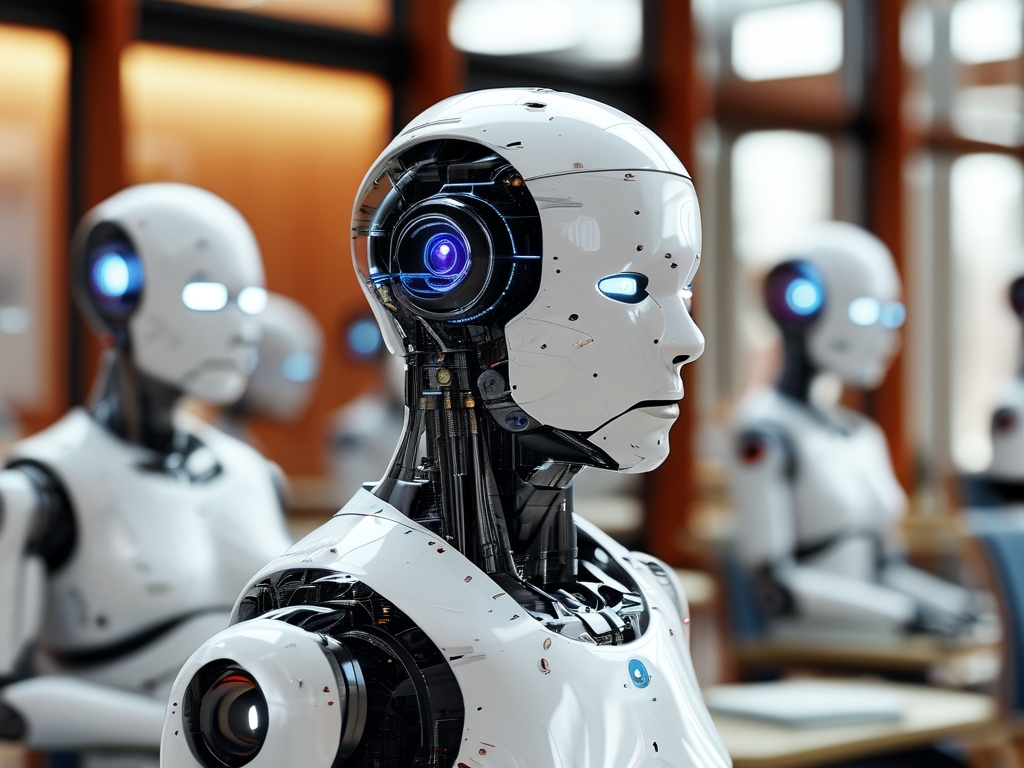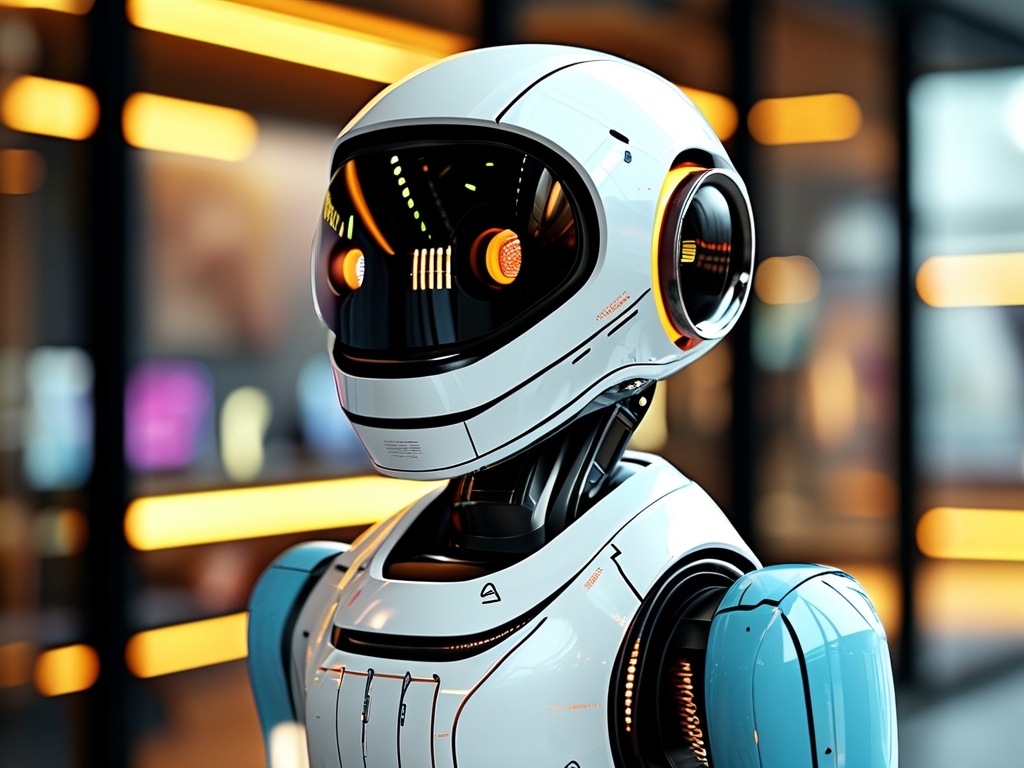Emo robots, or emotionally intelligent robots, represent a groundbreaking fusion of advanced technologies designed to simulate and respond to human emotions. These robots are increasingly deployed in healthcare, education, customer service, and companionship roles, offering personalized interactions that mimic human empathy. The development of such robots relies on a sophisticated integration of hardware and software systems. Below, we explore the core technologies that empower emo robots to recognize, process, and react to emotional cues.

1. Emotion Recognition Systems
At the heart of emo robots lies emotion recognition technology. This involves computer vision and audio signal processing to analyze facial expressions, vocal tones, and body language.
- Facial Expression Analysis: Using convolutional neural networks (CNNs), emo robots process real-time video feeds to detect micro-expressions (e.g., smiles, frowns) and map them to emotional states like happiness or sadness. Tools like OpenCV and deep learning frameworks (TensorFlow, PyTorch) enable accurate feature extraction.
- Voice Emotion Detection: Speech signals are analyzed through natural language processing (NLP) and acoustic feature extraction (pitch, rhythm, intensity). Machine learning models classify tones as angry, calm, or excited. Companies like Beyond Verbal and Affectiva specialize in such affective computing solutions.
- Body Language Interpretation: Sensors like LiDAR or depth cameras track posture and gestures, while reinforcement learning algorithms correlate movements with emotional contexts (e.g., crossed arms indicating defensiveness).
2. Natural Language Understanding and Generation
To engage in meaningful dialogue, emo robots employ NLP pipelines combining intent recognition, sentiment analysis, and context-aware response generation.
- Intent Recognition: Transformer-based models like BERT or GPT-4 decode user queries to identify underlying needs (e.g., a child seeking comfort vs. a patient requesting medical information).
- Sentiment Analysis: Lexical databases (e.g., SentiWordNet) and recurrent neural networks (RNNs) evaluate textual or spoken input to gauge emotional valence.
- Dynamic Response Generation: Using generative AI, robots craft contextually appropriate replies. For instance, SoftBank’s Pepper robot adjusts its tone based on detected user mood, offering encouragement or quiet companionship.
3. Affective Computing and Adaptive Learning
Emo robots leverage affective computing—a field pioneered by MIT’s Rosalind Picard—to simulate empathy. This involves:
- Emotion Synthesis: Robots generate “emotional” responses through modulated speech, facial animations, or colored LED displays. For example, Sony’s Aibo dog wags its tail when “happy.”
- Reinforcement Learning (RL): Robots learn optimal interaction strategies by receiving feedback (explicit user ratings or implicit cues like prolonged engagement). Over time, RL algorithms refine behavior to align with user preferences.
- Personalization Engines: User data (e.g., past interactions, cultural background) are stored in cloud databases, enabling robots to tailor responses. Honda’s EMIEW3 robot, for instance, remembers individual preferences for greetings or topics.
4. Sensor Fusion and Hardware Integration
Emo robots depend on robust hardware to collect and process multimodal data:
- Multisensory Arrays: Cameras, microphones, touch sensors, and thermal scanners create a holistic view of the user’s state. Toyota’s Human Support Robot uses force-sensitive grippers to adjust pressure when handing objects to fragile users.
- Edge Computing: To reduce latency, onboard GPUs (e.g., NVIDIA Jetson) process data locally instead of relying solely on cloud servers. This ensures real-time reactions during critical interactions, such as calming an anxious patient.
- Haptic Feedback: Some robots, like PARO the therapeutic seal, simulate warmth or gentle movements to enhance emotional bonding.
5. Ethical AI and Privacy Safeguards
As emo robots handle sensitive emotional data, developers prioritize ethical frameworks:
- Data Anonymization: User identities are dissociated from emotional metrics to prevent misuse.
- Bias Mitigation: Training datasets are diversified to avoid skewed emotional interpretations across demographics. IBM’s AI Fairness 360 toolkit is often used to audit models.
- Consent Mechanisms: Users control data-sharing permissions, ensuring compliance with regulations like GDPR.
Applications and Future Directions
Emo robots are already transforming industries:
- Healthcare: Robots like Moxi assist nurses by delivering supplies while offering empathetic interactions to patients.
- Education: Tools like Nao robots teach social skills to children with autism by modeling appropriate emotional responses.
- Elder Care: PARO reduces loneliness in seniors by simulating lifelike companionship.
Looking ahead, advancements in quantum computing and neuromorphic engineering could enable even more nuanced emotional simulations. However, challenges remain, including avoiding emotional dependency and ensuring equitable access.
In , emo robots are a marvel of interdisciplinary innovation, blending AI, robotics, and psychology. As these technologies mature, they promise to redefine human-machine relationships, making empathy not just a human trait but a shared experience.




